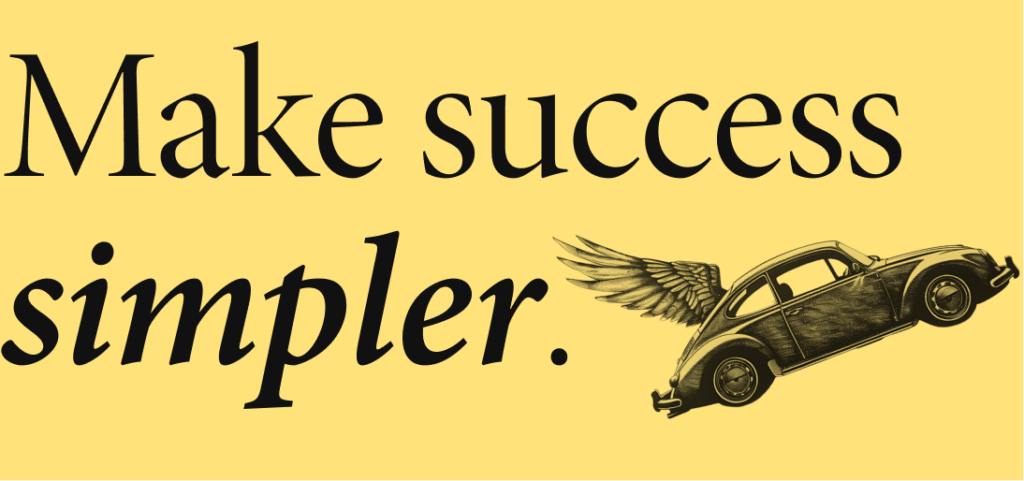Welcome to One Thing Better. Each week, the editor in chief of Entrepreneur magazine (that’s me) shares one way to be more successful and satisfied — and build a career or company you love.
Today’s one thing: Being told no.
That one thing, better: Clarifying what you want.

You’ve been rejected. And it feels personal.
Now let me tell you something important: It’s not.
I tell someone “no” maybe 50 times a day — and I am never actually rejecting the person. In fact, I’m never even rejecting their idea.
Instead, when people ask me for something, I’m asking myself one vital question — and it’s the same question anyone asks before accepting or rejecting anything.
The question is: Does this further my goals?
Once you understand this question, you’ll have a far better strategy for handling rejection — and an important way to move forward.
To appreciate why, I’ll first tell you about a friend who everyone rejected.
No, no, no, no, no, no, no…
My friend John spent years writing a book. Then dozens of publishers rejected it.
“Maybe they’re right,” John told me. “Maybe my book just sucks.”
Not true, I said.
I asked John to imagine this situation from the publisher’s point of view. They received his manuscript, along with dozens or hundreds of others. Now some editor is reading them, trying to decide which ones to acquire.
“What’s that editor thinking?” I asked John.
“Which of these books is the best?” John replied.
Ahhh, that’s our great error!
When something is ours, we obsess over its “quality” — and whether we measure up to an abstract ideal. But when other people make decisions, they can’t deal in abstractions. They must deal in specifics.
That’s why they ask themselves the question I shared above:
“Does this further my goals?”
That’s it. That’s all they want to know. They’re not asking if something is good or worthy. They’re not passing judgment on it. They’re not thinking about you, or your skills, or how hard you worked.
They are simply looking at their goals, then looking at what you’ve sent them, and seeing if there’s a match.
And what are their goals? That depends on who you’re pitching.
New to this newsletter? Subscribe!
By way of example, I’ll speak for myself: Every day, dozens of publicists and entrepreneurs pitch me their stories, hoping to get coverage in Entrepreneur magazine. I reject almost everyone.
“But this company is very successful!” someone will retort. And I agree. I’m saying no to impressive people! Smart companies! Great leaders! Billionaires! Truly, I have rejected so many billionaires.
Why? Because “success stories” don’t further my goals.
So what does further my goals?
It’s this: My goal is to help my readers build things. Success stories don’t accomplish that, which is why I look for what I call “problem-solving stories” — that is, stories of people fixing things that reveal useful, surprising, often counterintuitive strategies. I’m not pitched those very often!
When I reject someone, I am not telling them that they’re unsuccessful or unworthy. I’m just saying that they don’t fit my narrow goals. And this is true everywhere. Bosses reject great ideas because they don’t match the company’s needs. Investors reject great businesses because they don’t match their thesis.
I know — this might be helpful context, but it doesn’t exactly cure the sting of rejection.
So let’s solve that next.
What to do when you’re rejected
Let’s set up the scenario: You worked hard on something. You pitched it to someone. They said no. It hurt.
What next?
It’s simple: You need to ask a version of the question that your rejector just asked.
They asked: “Does this further my goal?”
Now you ask: “What else furthers my goal?”
Yes, your goal.
This whole time, we’ve been talking about their goal. They were the one with the power to accept or reject, which meant we’ve been obsessed with what they wanted.
But they are not the only person in this equation. You have goals too. And those goals cannot be squashed because of one, two, or even a bazillion rejections.
To move forward, you just need to recognize what your actual goal is.
For example, let’s go back to my friend John.
“Why did you want to write a book?” I asked him. “What was your actual goal? Was it just to write a book?”
John thought for a moment. No, he said — his goal wasn’t to write a book. His goal was to get his ideas into the world, and he thought a book was a good way to do that.
“Well then, what’s another way to do that?” I asked.
For the first time in our conversation, he lit up. We started brainstorming new ideas. A newsletter! A podcast! Partnerships with likeminded organizations!
He seemed happier and lighter — because for the first time in a while, he felt in control.
When you are rejected, you are being acted upon. Someone else is in control, making decisions for you. But that’s not the end. You still have goals, and you still have ways to pursue and achieve those goals — and it all starts by recognizing the power you still have. Maybe your goal will be achieved a different way. Maybe it’ll take more time, or more energy, or require a pathway you didn’t expect, but that’s fine — because the greatest goals are not fulfilled easily.
Someone said no. You still get to say yes.
That’s how to do one thing better.
